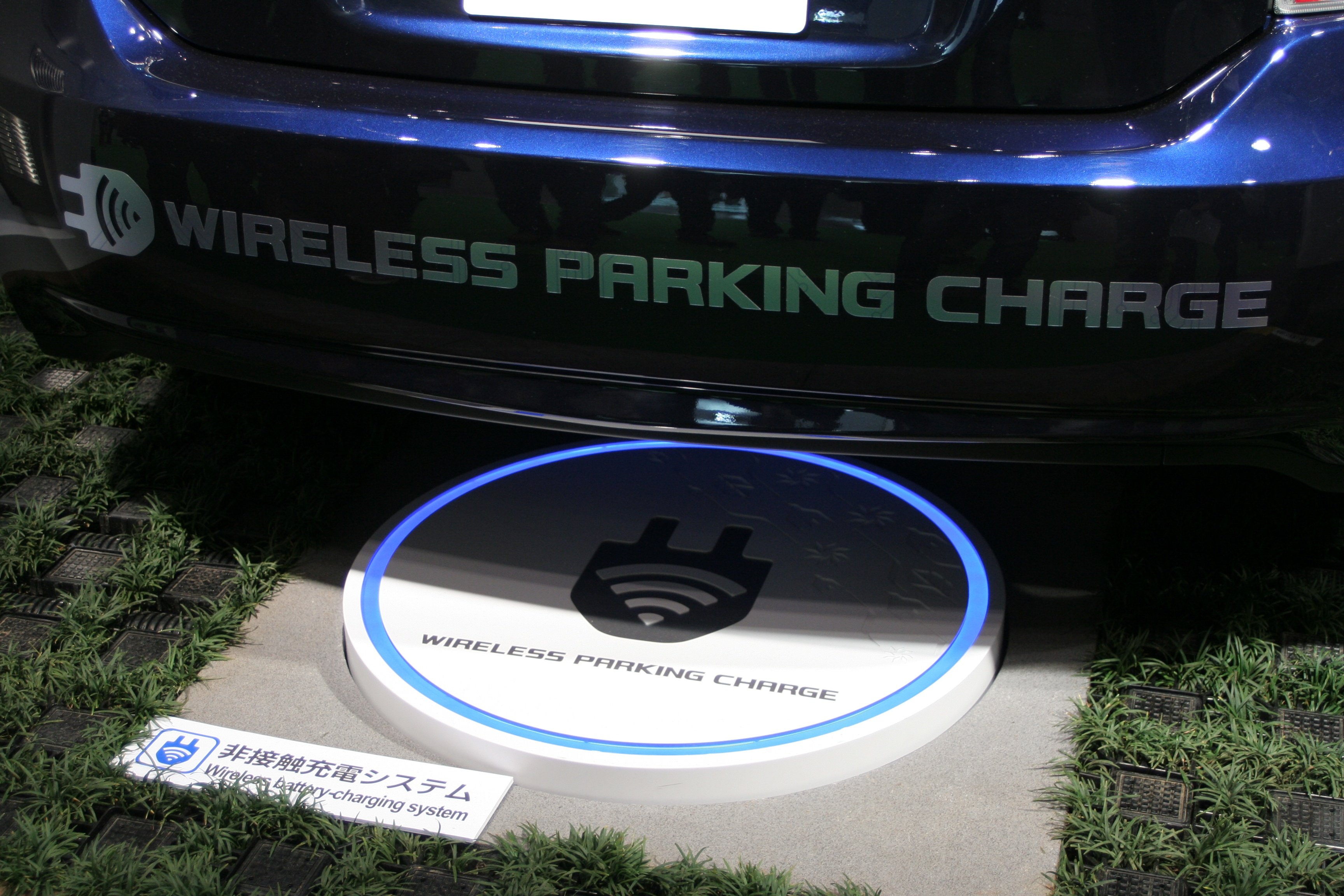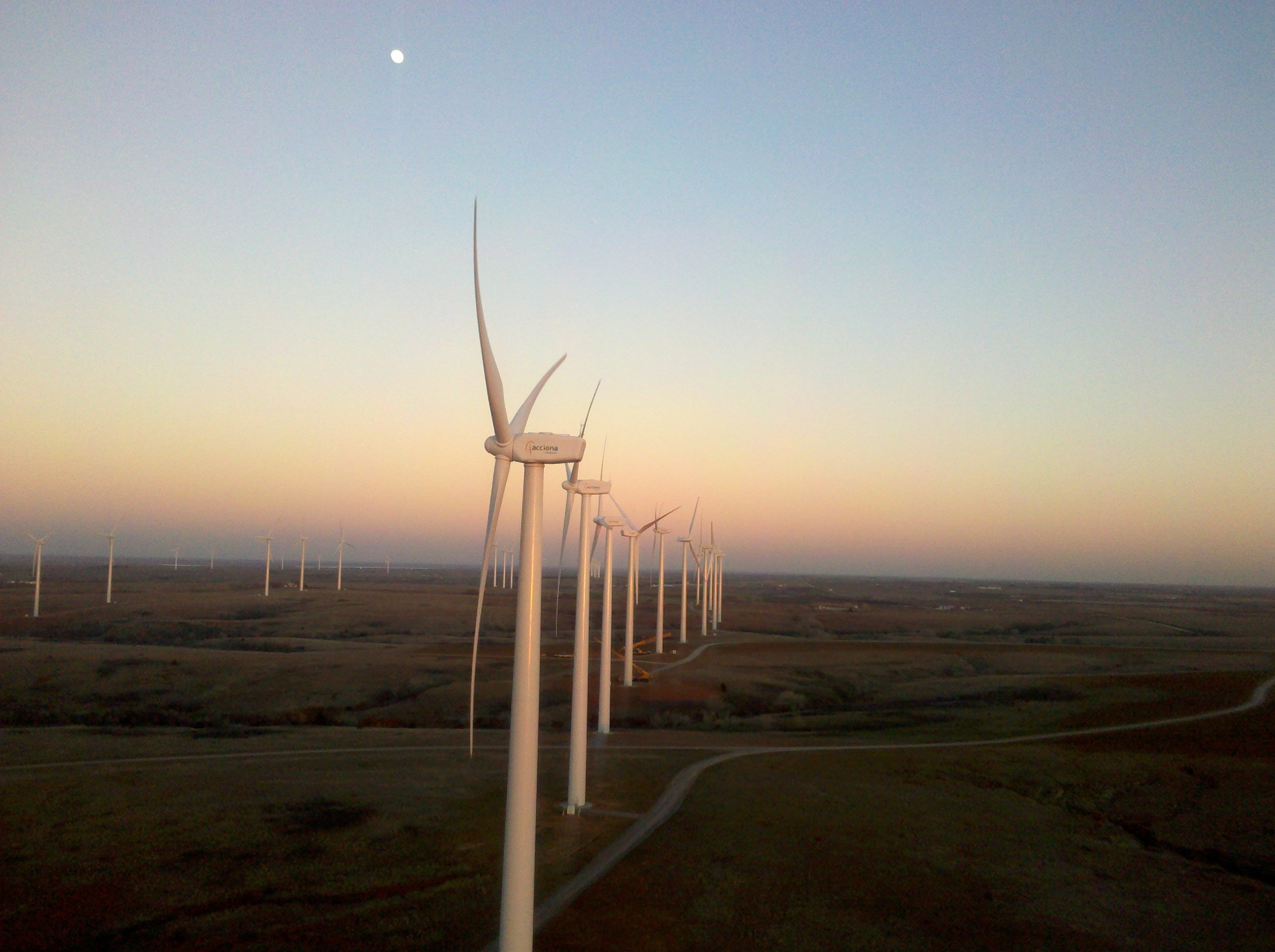With the industry reaching new material heights, creating products which are physically beneficial to the environment, rating tools are now taking the next step towards aiming for totally sustainable and healthy development. Rating tools are now attempting to assess another crucial aspect of the ESD world, that being the social sustainability of buildings. Different from the pragmatic physical aspects of creating an environmentally sustainable development, rating tools such as Greenstar assess the social and psychological impact of buildings and how through considered design the health and wellbeing of the occupant can be taken into consideration.

Socially sustainable development takes into consideration a building’s impact on the site including its relationship with surrounding buildings, and how it affects the communities with which it interacts, seeking to create a local identity and therefore a stronger sense of community. Social sustainability in architecture takes into consideration the need to more actively promote human interaction and explores how to actively and healthily engage people with the space they occupy. One of the main factors which is taken into consideration when designing with social sustainability in mind is how the building affects the mental and physical health of the occupants. When designing, essentially a triple bottom line approach must be taken which equally considers the economic, environmental and social implications of building not just environmental and economic as is considered in Australia with current regulatory bodies such as BASIX.
There are four categories which are thoroughly taken into consideration when attempting to design with social sustainability in mind. Those being “Amenities and social structure”, “Social and cultural life”, “Voice and influence” and “Space to grow”. By having people friendly spaces which are open to the public realm, creating spaces which promote sociability among members of the public, having public led engagement acknowledging local experience and skill and attempting to sustain community involvement and ensuring that structures are resilient to change in the future social sustainability can be achieved.

Rating tools such as Greenstar assess sustainability in a variety of categories such as governance assessed through the community engagement with the project and the level of transparency with the community during design and construction phases, also taking into consideration how resilient it will be to climate change and the overall community and industrial capacity of the building. It also takes into account the liveability of the project and its ability to deliver safe, accessible and culturally rich communities which actively support healthy and dynamic lifestyles by providing infrastructure with a high level of amenity, activity and inclusiveness. Economic prosperity is also taken into consideration, with regards to affordable living and housing also promoting investment in education and the development of skills within the greater community. Environment of course is a key consideration attempting to globally reduce the impacts of urban development on ecosystems and promote the management of resources, reducing the impact on land and water and the atmosphere. Innovation and innovative practices are also highly encouraged when attempting to design sustainably.
As these standards develop more and more internationally, the question must be raised as to whether large scale developments should have to meet certain levels of social sustainability to be able to be built in Australia, and whether or not regulatory systems which are already in place such as BASIX, could introduce these qualities into their ratings for larger public projects? The importance of social sustainability in architecture is immense, and therefore it is important that we begin to considered these criteria as essential when designing in a public setting.
To read more about ESD Consultancy, click here
Reference:







